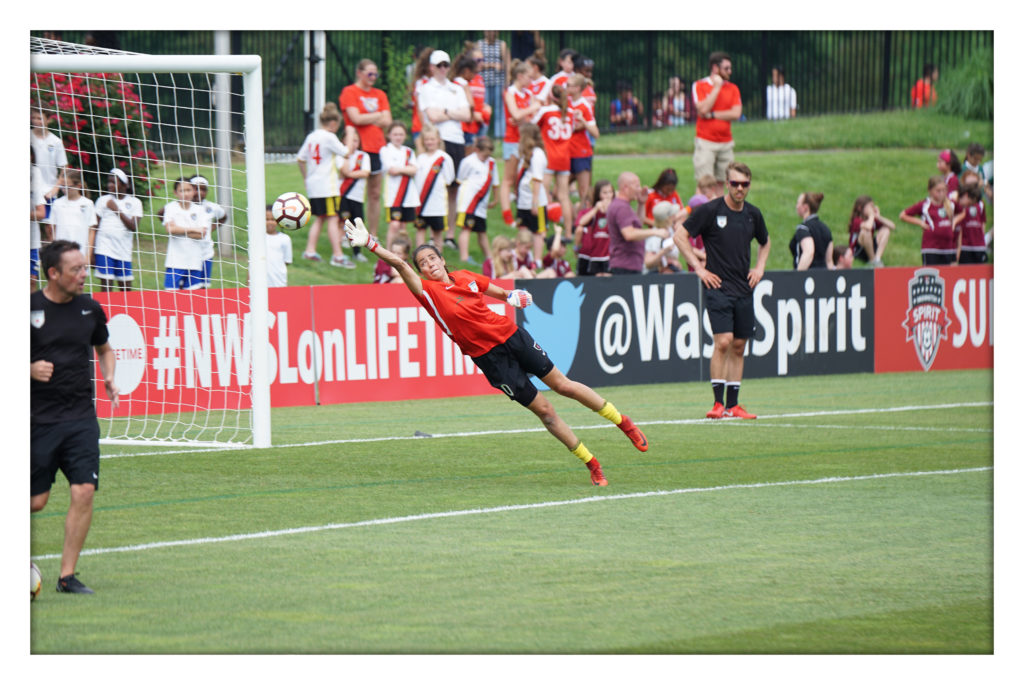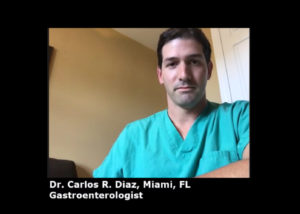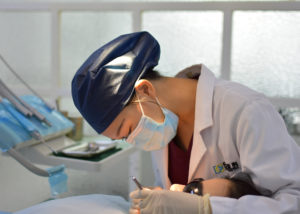How to Make Disconnected Medicine a Lot More Connected

My daughter’s high school soccer coach first noticed it. He pulled her from a game when he noticed her stride was off. She told him she had been having lower back and leg pain, but kept it to herself because she wanted to keep playing. She loved the game and her teammates.
Her pediatrician saw her and recommended she go see a specialist who had her get some x-rays and images. He took a look at everything and told us she had a disc in her back that was irritating a nerve. “This isn’t dangerous,” he told us. “It can get painful.” He warned us that addressing the pain wasn’t always easy.
This was the first time a specialist told us, “Surgery is an option, but she is so young.”
Eventually, the pain got worse. She would take pain killers and it would sometimes make things better, but it was getting worse. This was the start of working with specialists from many different fields to manage her pain. Surgery was an option, but we had all the medical professionals recommendations against it.
We quickly discovered that communicating specialist to specialist doesn’t work well. It was usually done by scheduled phone calls with specialists sharing x-rays and images however they could. It wasn’t an exact science. It all depended on the systems used by each of the doctors. We would work with doctor’s offices to get images sent to them. They wouldn’t always arrive in time for our appointment. There was usually an extra charge for duplicating and sending records.
We tried bypassing this by taking the images to the doctors ourselves. It sped up the process, but taking the records ourselves had other problems. Several doctors questioned if the images were correct. One thought the images had been inverted. We explained that other specialists had thought the same and explained the images were NOT inverted. So here we are non-doctors trying to convince a doctor. It’s not the way you want to do that. Oftentimes, the doctor just asked us to retake the images at an additional cost, of course.
This lack of coordination led to unneeded confusion.
We eventually got an answer and my daughter’s problems were addressed. She’s living pain free, but handling this condition should require running into all these roadblocks. Something so very personal should not be so complicated. It should be some sort of a communication hub. It would not only enable providers to do their best work together with everyone involved to the best medical solution possible. Specialists talking to each and making recommendations with the best of what they all know leads to much better results.



